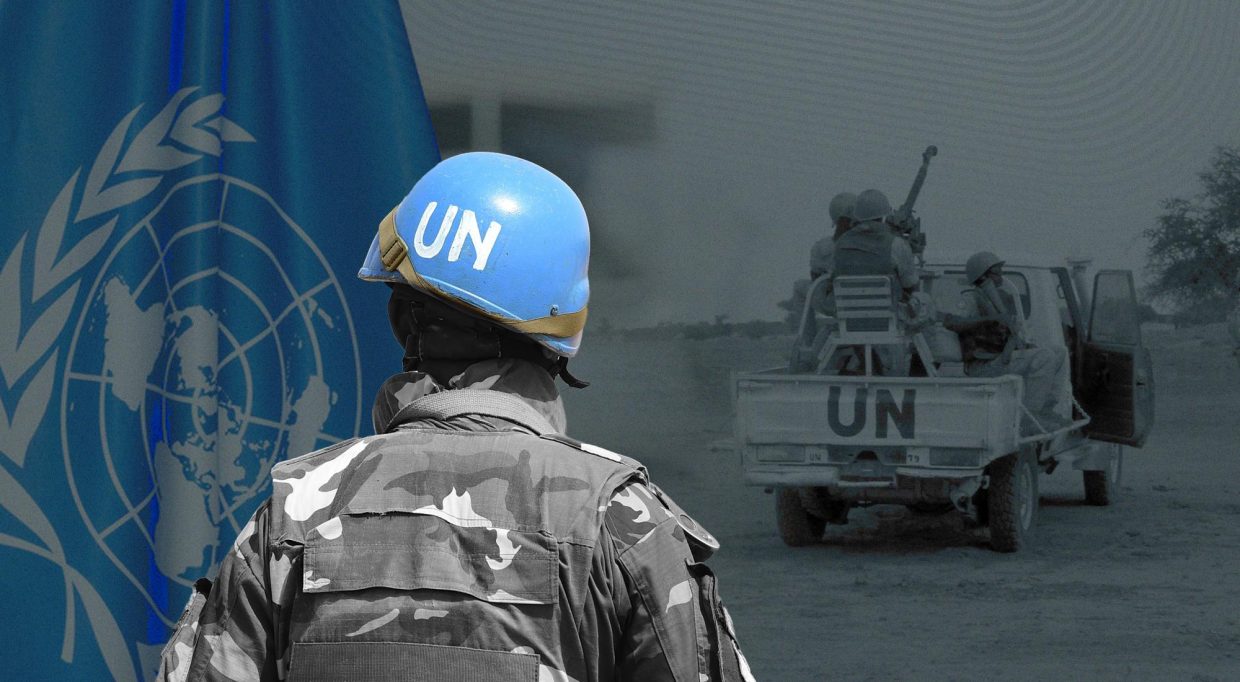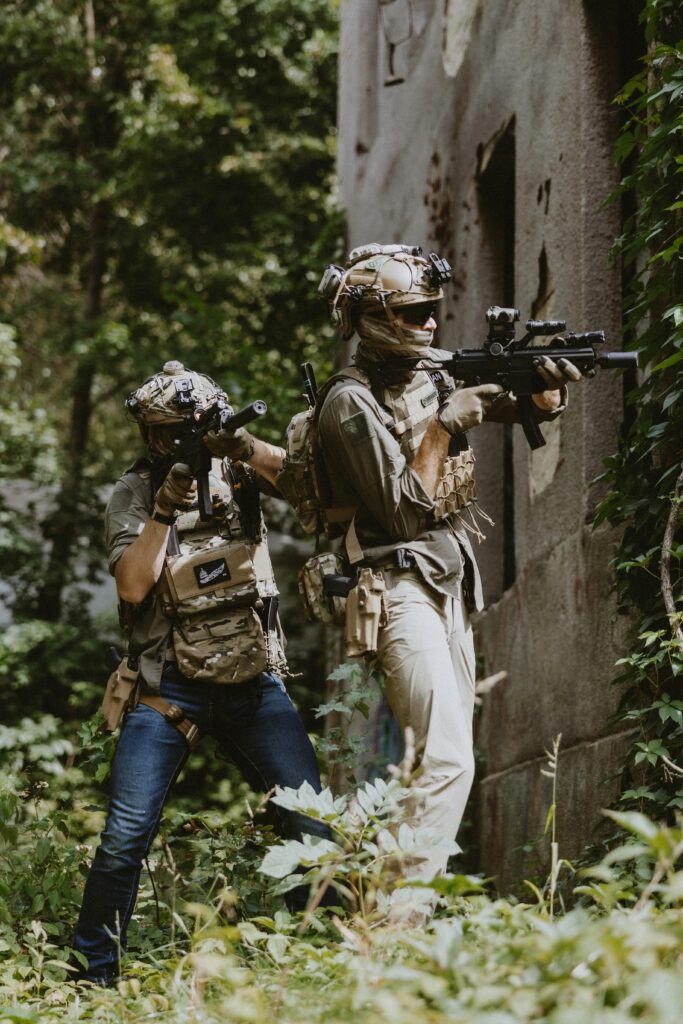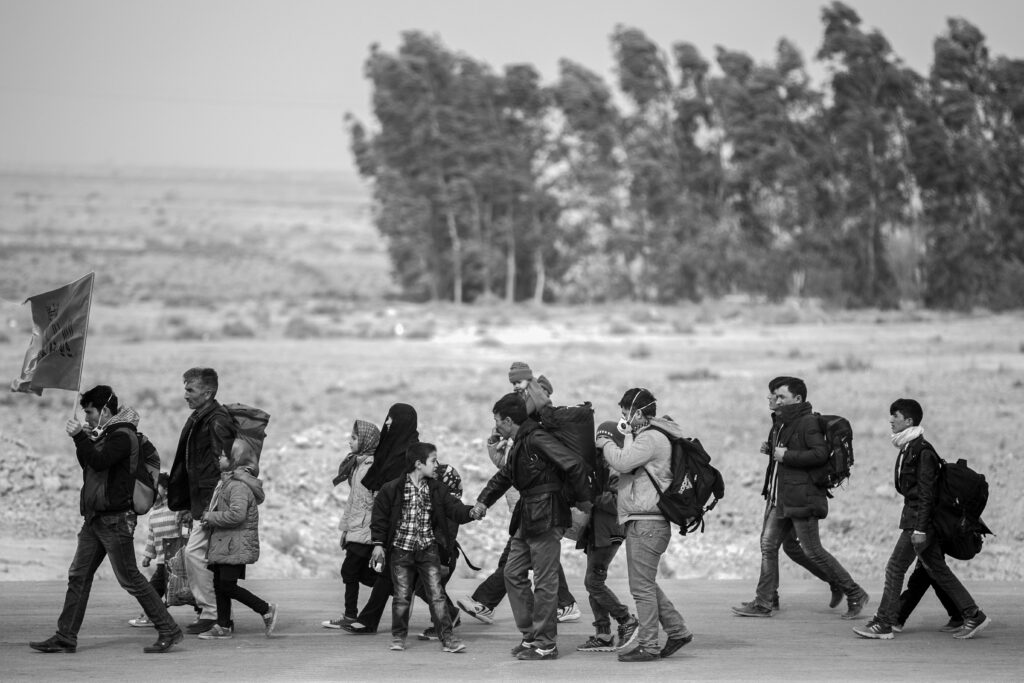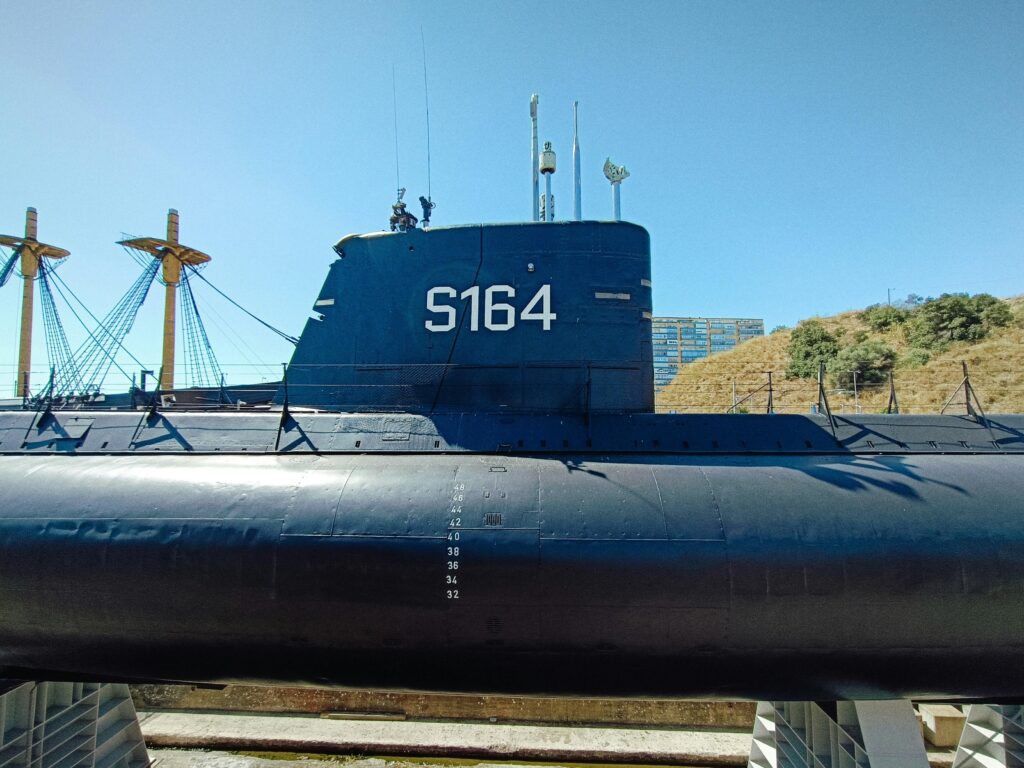In today’s turbulent global landscape, peacekeeping missions face unprecedented hurdles, especially in failed states where governance has collapsed and societal fractures run deep. Navigating these complex environments requires more than traditional military strategies—it demands adaptive approaches that blend diplomacy, humanitarian aid, and local engagement. As international actors grapple with fragile political systems, insurgencies, and humanitarian crises, understanding the intricate dynamics at play is crucial for crafting effective interventions. This article dives into the contemporary challenges peacekeepers encounter in failed states and explores innovative ways to foster stability amid chaos.
Table of Contents
- Understanding the Complex Dynamics of Failed States and Their Impact on Peacekeeping
- Addressing Security Threats and Protecting Civilians in Unstable Environments
- Building Local Capacity and Fostering Inclusive Governance for Sustainable Peace
- Innovative Approaches and Strategic Recommendations for Effective Peacekeeping Missions
- Concluding Remarks
Understanding the Complex Dynamics of Failed States and Their Impact on Peacekeeping
Failed states represent a labyrinth of political fragmentation, economic collapse, and social upheaval, making traditional peacekeeping operations uniquely challenging. The erosion of legitimate governance creates power vacuums often filled by non-state actors, warlords, or insurgent groups. Consequently, peacekeepers must navigate a volatile environment where allegiance is fluid, and the lines between combatant and civilian blur. The absence of reliable local institutions means that even basic logistical support becomes a daunting task, impeding efforts to stabilize and rebuild. Moreover, the unpredictability of failed states necessitates adaptive strategies that go beyond conventional peacekeeping mandates, emphasizing the need for integrated approaches combining security, diplomacy, and humanitarian aid.
Key factors complicating peacekeeping in these fragile contexts include:
- Fragmented Authority: Multiple competing factions hinder unified peace efforts and prolong conflict resolution.
- Weak Infrastructure: Decimated infrastructure hampers movement and communication for peacekeeping forces.
- Humanitarian Crises: Large-scale displacement and scarcity of resources intensify civilian suffering and complicate mission objectives.
- International Involvement: Diverse foreign interests and interventions sometimes exacerbate tensions rather than alleviate them.
Understanding these intricate dynamics is essential for peacekeeping missions to design flexible, context-sensitive interventions that can not only quell violence but also foster the conditions for sustainable peace and governance restoration.
Addressing Security Threats and Protecting Civilians in Unstable Environments
In the volatile landscapes of failed states, peacekeepers face a multifaceted threat environment where armed factions, organized crime, and opportunistic violence converge, placing both military personnel and civilians at constant risk. Effective protection strategies demand adaptive, intelligence-driven approaches that blend robust force presence with proactive community engagement. Prioritizing local partnerships and embedding conflict-sensitive practices empower peacekeepers to identify emerging threats early and mediate disputes before they escalate into violence.
Key tactics to enhance civilian security include:
- Establishing secure zones with rapid response capabilities to shield vulnerable populations during flare-ups.
- Deploying technology such as drones and surveillance systems for real-time situational awareness in inaccessible areas.
- Training local forces and community leaders to foster resilience and support sustainable peace efforts from within.
- Implementing comprehensive protection mandates that integrate humanitarian aid, legal frameworks, and psychosocial support.
Building Local Capacity and Fostering Inclusive Governance for Sustainable Peace
Sustainable peace in fragile environments hinges on the empowerment of local actors who hold the keys to their communities’ futures. Building local capacity goes beyond training and infrastructure; it involves cultivating leadership that understands and reflects the cultural and social fabric of the population. This process anchors peace initiatives in authenticity and resilience, enabling communities to address grievances internally before they escalate. Critical to this approach is investing in education, healthcare, and economic opportunities—elements that foster stability by reducing vulnerability to extremist influences and social fragmentation.
Equally vital is fostering inclusive governance models that bring diverse voices to the decision-making table. True inclusivity requires deliberate efforts to integrate marginalized groups—women, youth, ethnic minorities—into political and civic processes, challenging entrenched power dynamics that often perpetuate conflict. Key strategies involve:
- Decentralizing authority to empower local councils and community organizations
- Implementing participatory budgeting and policy forums that encourage dialogue
- Supporting transparent electoral systems to build trust in institutions
These measures weave together a governance fabric that can withstand internal pressures and external shocks, standing as a bulwark against the cycles of violence that plague failed states.
Innovative Approaches and Strategic Recommendations for Effective Peacekeeping Missions
In the complex terrain of failed states, traditional peacekeeping models often fall short in addressing the multifaceted challenges on the ground. Innovative approaches now emphasize a holistic integration of technology, community engagement, and adaptive leadership frameworks. For example, the deployment of real-time data analytics through AI-powered drones and satellites provides peacekeepers with enhanced situational awareness, enabling rapid response and precise protection of vulnerable populations. Equally crucial is the empowerment of local actors; building trust with civil society and fostering local conflict resolution mechanisms transform missions from mere peacekeepers to peacebuilders who catalyze sustainable change.
Strategic recommendations focus on embracing flexibility and cultural sensitivity while maintaining operational coherence. Missions must prioritize:
- Cross-sector collaboration between military, humanitarian, and diplomatic entities
- Robust training programs grounded in local socio-political contexts
- Continuous evaluation mechanisms that adapt to evolving on-ground realities
By weaving these dimensions together, peacekeeping operations can transcend the limitations of outdated paradigms and become dynamic agents of stability. Ultimately, the fusion of innovative technology and community-centric strategies offers a blueprint for more resilient and effective interventions in today’s fragile environments.
Concluding Remarks
As the global landscape grows increasingly complex, peacekeeping missions in failed states remain among the toughest challenges for the international community. Navigating these turbulent environments requires not only military strength but also diplomatic finesse, cultural understanding, and adaptive strategies. While the road ahead is fraught with obstacles, learning from past experiences and embracing innovative approaches offer a path toward more effective interventions. Ultimately, lasting peace depends on the collective will to address underlying causes and support sustainable rebuilding efforts—because true stability can only be achieved when peacekeeping evolves beyond temporary fixes into enduring solutions.













